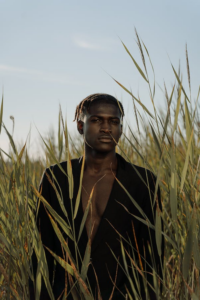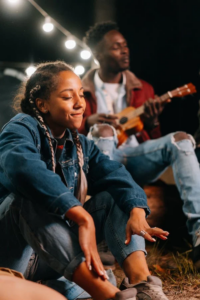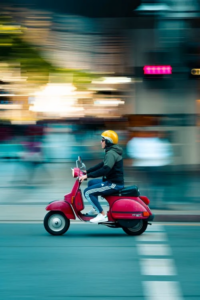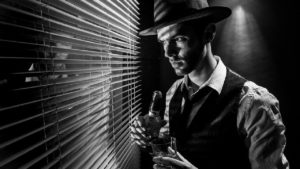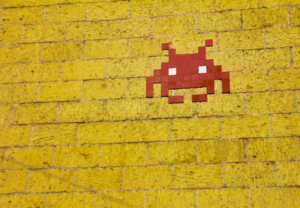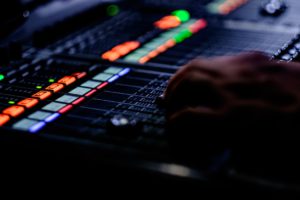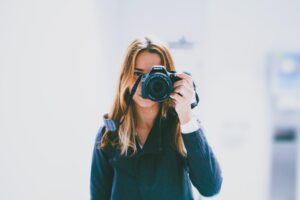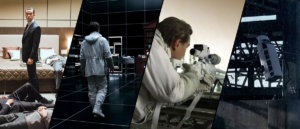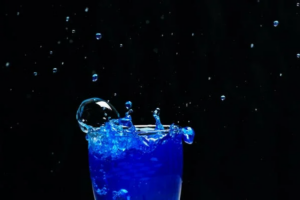Also known as a three-quarters shot, a medium shot shows the subject from the knees or mid-thigh up. This framing technique also reveals how the subject relates to the setting. Often abbreviated as MLS on the shot list, a medium long shot can include one, two, or three characters.
Many filmmakers refer to medium long shots as American shots, Western shots, or cowboy shots. That’s because medium long shots first became common in Western films, as they often showed cowboys in heroic, confident poses. However, they can also highlight other aspects of the characters’ mental or emotional states.
When to Use the Medium Long Shot
When you make a film, you can use the medium long shot for a wide range of scenes. Many filmmakers use medium long shots as establishing shots. Others rely on medium long shots to reveal the subject’s emotional state or mental growth.

Scene from “Skyfall”
As a filmmaker, you can use medium long shots to indicate how the subject relates to the environment. You can also use them to show how characters relate to one another.
When you want to frame the subject even more tightly, a medium close-up shot is a smart option. These shots often work well in horror films.
Medium Long Shot Examples
Filmmaker Roger Deakins used iconic medium long shots in “The Assassination of Jesse James by the Coward Robert Ford.” The example below serves as an establishing shot, as it sets the subject against a dramatic background.

Scene from “The Assassination of Jesse James by the Coward Robert Ford”
In “American Psycho,” filmmaker Mary Harron used several medium long shots to share more about the main subject’s character. In this example, the subject reveals his silhouette against the backlight of a window, insinuating his dark nature.

Scene from “American Psycho”
“Zero Dark Thirty” uses medium long shots to offer insight into the subject’s emotional state.
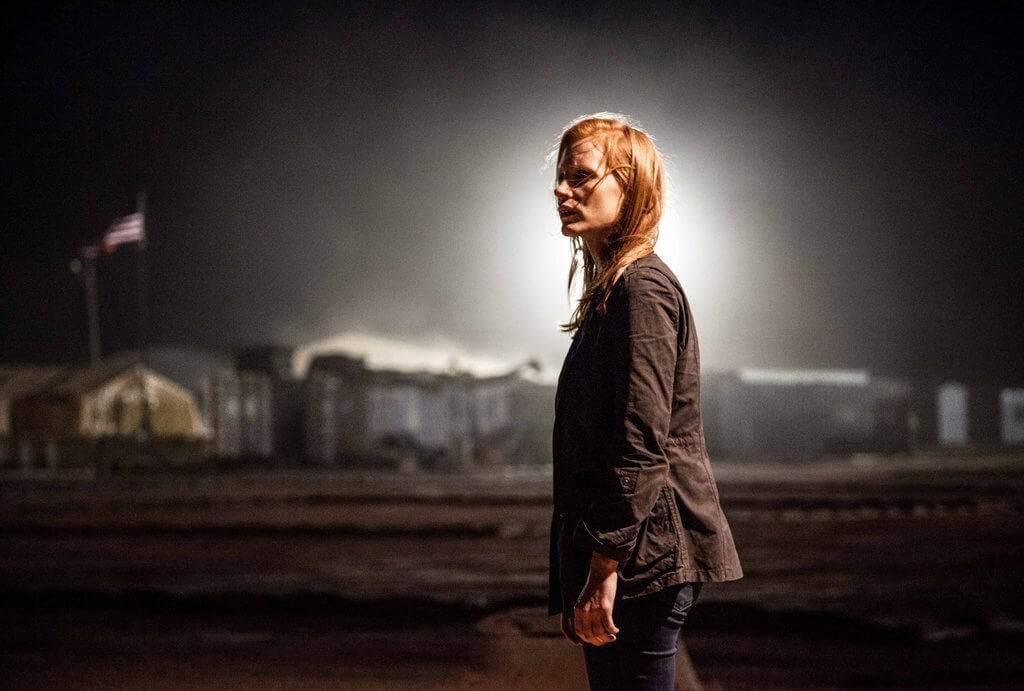
Scene from “Zero Dark Thirty”
In “Forrest Gump,” a medium long shot creates a distinctive frame around the main character.
In “Mr. and Mrs. Smith,” a medium long shot shows the relationship between the two main characters.
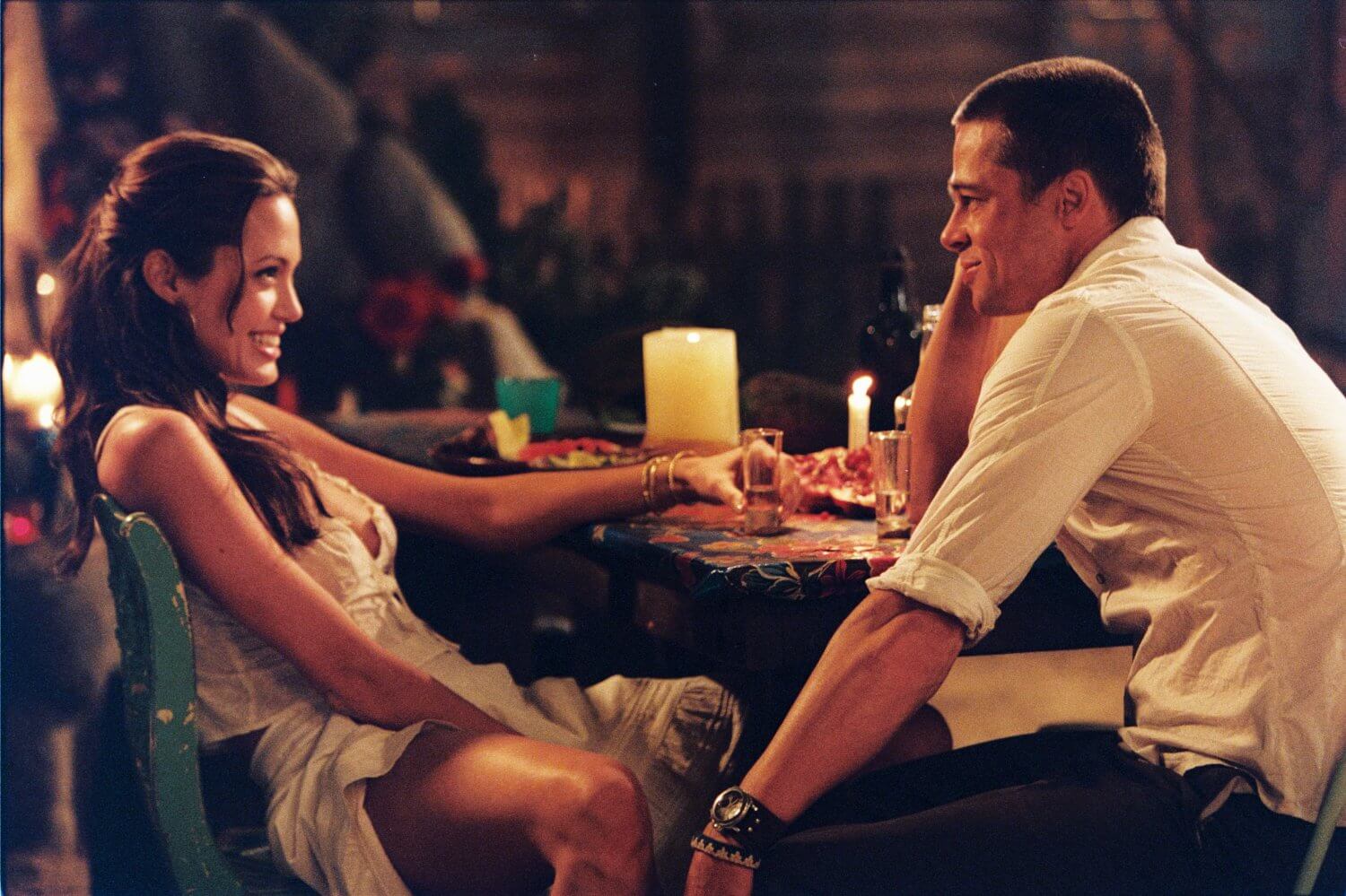
Scene from “Mr. and Mrs. Smith”
Medium Long Shot Films
Famous for his Western movies, filmmaker John Ford frequently used the medium long shot to set the scene. His film “The Searchers” includes several iconic medium long shots.
Medium long shots appear in the film’s infamous fight scenes.
This framing technique appears at one of the film’s emotional climaxes, too.
Deakins also uses medium long shots throughout the James Bond film “Skyfall.” These three-quarter shots show the subject at his most powerful and confident.

Scene from “Skyfall”
To light his medium long shots, Deakins uses a distinctive lighting technique. The diffused light highlights the characters and the setting.
Deakins also uses ring lights to create these shots. With a simple ring light, you can set up an eye-catching medium long shot.
9 Camera Shots Indicating Subject Size
As a filmmaker, you can choose from a long list of framing techniques. From chokers to extreme long shots, these camera shots can help you set the scene and tell a great story.

Scene from “True Grit”
Choker
Chokers frame the subject from the chin to the forehead, focusing closely on the subject’s face and emotional state.
Close-Up
A close-up shot frames the subject’s face from just below the chin to just over the head. It highlights emotions and reactions.
Cowboy Shot
A take on a medium shot, a cowboy shot shows the subject from the mid-thigh up. The frame may also reveal a gun or holster.

Scene from “The Good, the Bad, and the Ugly”
Extreme Close-Up
These shots highlight a specific part of the subject’s face, such as the eyes.
Extreme Long Shot
Extreme long shots show the subject from dozens or hundreds of feet away. These shots often reveal the character’s relationship to the setting.
Long Shot
Also known as a full shot or a wide shot, a long shot frames the subject from head to toe. It also shows the subject in relation to the surrounding environment or to other characters. Long shots generally focus more on action and less on emotion.
Medium Shot
Also known as a waist shot or a mid-shot, a medium shot shows the subject from the waist up. It’s designed to highlight the character and the setting equally.
In the above scene from “Creed,” the continuous waist shot captures both the action and the characters’ determination as they face off in the final fight of the movie.

Scene from “Skyfall”
This mid-shot from “Skyfall” allows the viewer to experience the protagonist’s somber mood, which contrasts sharply with the bright lights of the city in the background.
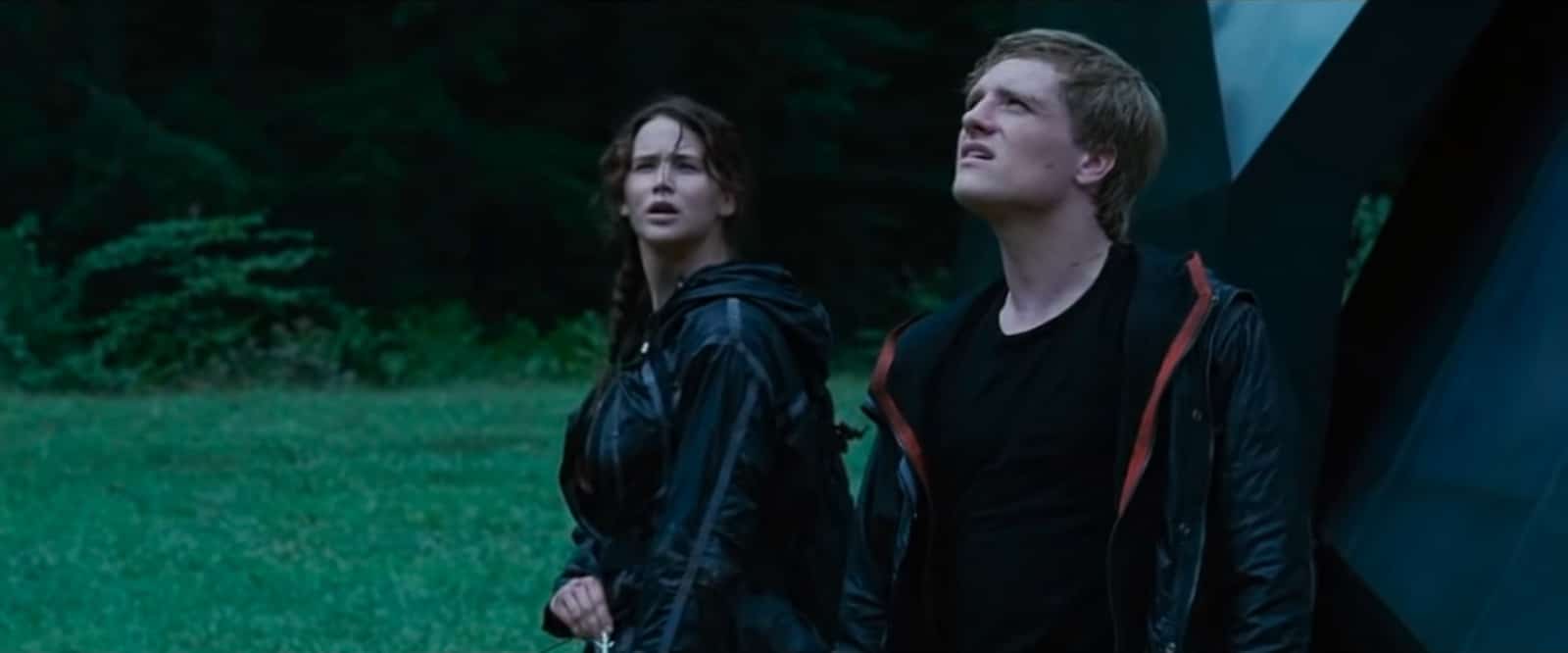
Scene from “Hunger Games”
This shot from “The Hunger Games” captures Katniss and Peeta’s bewilderment as they take in the surroundings of the Hunger Games arena.
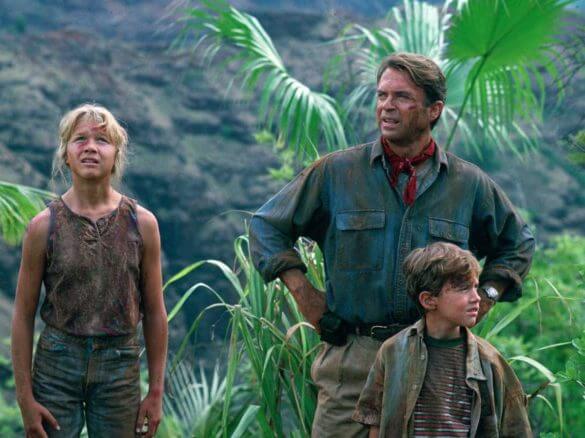
Scene from “Jurassic Park”
In this mid-shot from “Jurassic Park,” viewers can get a sense of the characters’ apprehension due to the large, wild expanse of forest that surrounds them.
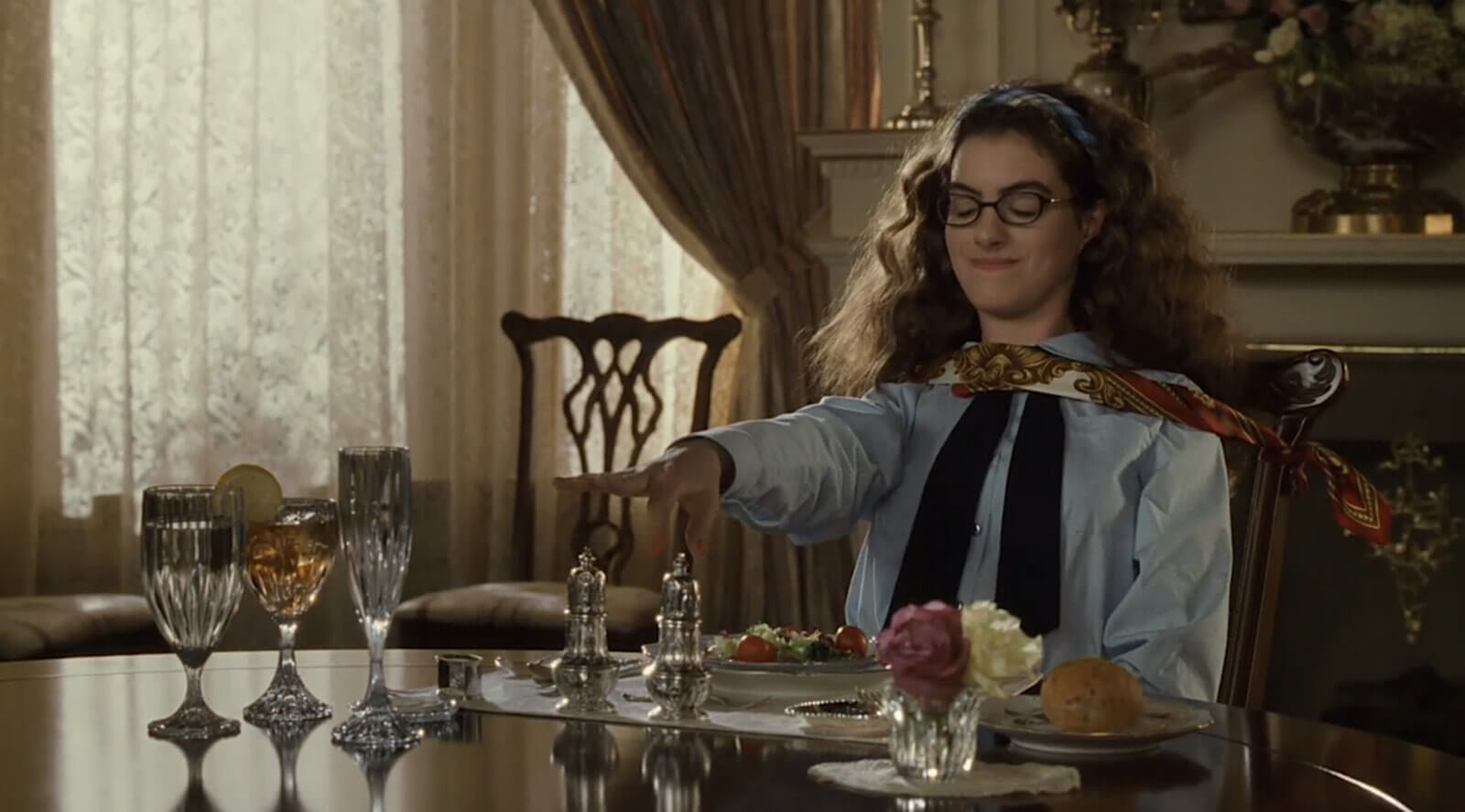
Scene from “The Princess Diaries”
In this scene from “The Princess Diaries,” the main character Mia is learning to sit up straight and conduct herself like a princess. A mid-shot allows the audience to fully enjoy the humor of the situation.
Medium Close-Up Shot
This shot shows the subject from the shoulders or chest up. It focuses primarily on the subject and doesn’t highlight much of the setting.

Scene from “The Big Lebowski”
10 Shots Indicating Camera Angle or Placement
You can also use the angle or placement of the camera to create impactful shots. From aerial to over-the-shoulder shots, these framing methods help you convey more meaning.

Scene from “A Beautiful Mind”
Aerial Shot
To create an aerial shot, filmmakers position the camera far above the scene. Many aerial shots come from cameras on drones.
Bird’s-Eye View
Also known as a top shot, a bird’s-eye view shot frames the subject from several feet above to show additional context for the scene.
Crane Shot
For a crane shot, filmmakers position the camera on a crane and move it up and away from the scene. This type of shot often ends the scene.
Dolly Shot
For a dolly shot, filmmakers place the camera on a dolly, which moves away from or toward the subject. This type of shot often appears at the beginning of a scene.
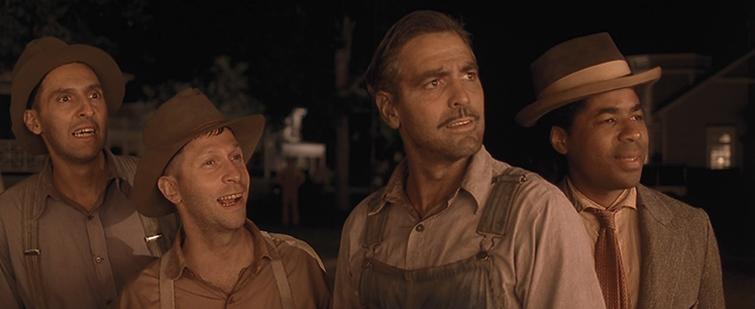
Scene from “O Brother, Where Art Thou?”
Dutch Angle or Tilt Shot
A Dutch angle shot tilts the entire frame so the subject and the setting both appear off-balance.
Eye Level Shot
For this framing, filmmakers position the camera at eye level, offering a neutral look at the scene.
Handheld Shot
Handheld shots are ideal for more personal or intimate scenes, as they require the camera operator to hold the camera by hand close to the subject.

Scene from “Shawshank Redemption”
High Angle
Filmmakers take high angle shots by positioning the camera above the subject. This framing method often makes the subject look vulnerable or powerless.
Low Angle
A low angle shot shows the subject from below. Since it looks up at the subject, a low angle shot lends a sense of power or confidence to the character.
Over-the-Shoulder Shot
To get this shot, filmmakers position the camera behind the shoulder of one subject to frame the other subject. It typically highlights relationships or connections.
10 Other Common Shot Types
When you make films, you have even more ways to show action, emotion, or the environment. From cut-in shots to two shots, these methods can enhance your film.

Scene from “O Brother, Where Art Thou?”
Cut-In
A cut-in shot goes from the subject to a detail within the scene before cutting back to the subject.
Cutaway
A cutaway shot shifts from the subject to another scene and back to the subject.
Establishing Shot
This important shot appears at the beginning of many scenes, where it shows the environment, including the location and time.
Master Shot
A master shot indicates an uninterrupted view of a scene.
Pan Shot
Pan shots move horizontally across the scene, often revealing a character or an action in the process.
Point of View Shot
A POV shot reveals the scene through the eyes of the subject. It gives viewers a unique chance to connect with the character.
Reaction Shot
A reaction shot shows how the subject responded to something in the previous shot.

Scene from “No Country For Old Men”
Reverse Angle Shot
This camera technique shifts the angle 180 degrees from the previous shot and often reveals an exchange between two characters.
Steadicam or Stabilizer Shot
Stabilizer shots require you to use a Steadicam, a system that keeps the camera relatively steady while the camera operator moves through a scene.
Two Shot
A two shot shows two subjects in one frame. The characters may face each other or sit or stand next to each other.

Scene from “Lost in Translation”
To learn more about developing and applying techniques like the medium long shot, join the Cinema Product Diploma program at Nashville Film Institute today.

